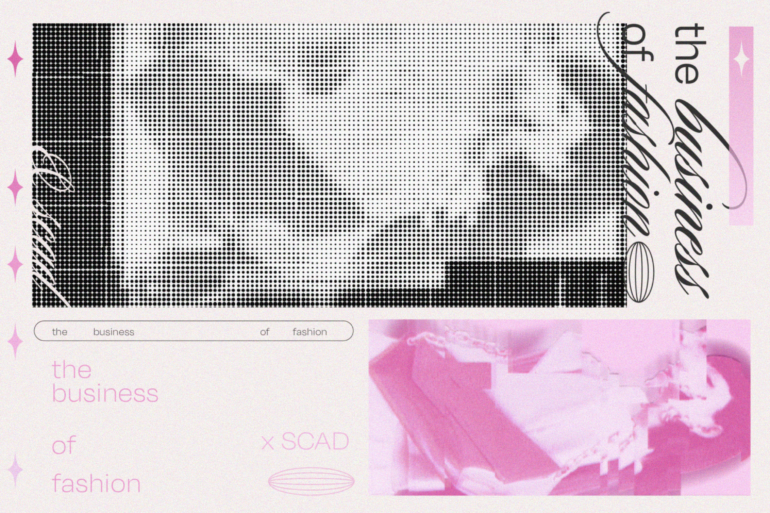On October 4, 2022, The Business of Fashion gave SCAD students insight into the current luxury industry overview. The webinar was led by Alice Gividen, Senior Strategist, and Shenel Wickamaratne, Content Strategy Apprentice.
In recent years, many businesses have been affected by the economic decline amid current international struggles. Surrounding the COVID-19 pandemic, the Ukrainian war, and the primary food and energy crises, The World Trade Organization, has monikered these tragedies as a “Polycrisis.” Gividen reports that this Polycrisis has enormously impacted the supply chain and inflation, stating that consumer prices were 8.6 percent higher last month than a year earlier. This significant increase has not occurred since 1981. During these times of despair, consumers reach for an emotional connection within a brand. Often, the most inspiring and revolutionizing brands are the most successful brands.
Following the COVID-19 pandemic, many technological advancements have been installed by numerous businesses, and brands are introducing a technological shift to increase economic growth. Senior Strategist Wickamaratne puts forward that these top-line insights are relevant to our studies within a luxury fashion career. Web3 is the future within branding to buy and sell, which many investors believe will become mainstream for business. Other digital transactions and cryptocurrencies are being implemented throughout many luxury brands, including dealings within videogames to make purchases through the technological world. Gividen reports Morgan Stanley’s prediction of the Metaverse industry hitting $8 trillion by 2024 in China.
Along with these high-tech innovations, the most groundbreaking brands are taking the lead in implementing digital elements into wearable items. The Apple Watch is a classic, but Tag Huer is taking its designs a step further by linking its watches to cyberspace, crypto-wallet, and, NFTs. Wickramaratne compares Meta’s Ray-Ban smart glasses as a reformative product that can take photos and send text messages.
While these technological advancements are remarkable, the fashion industry is yearning for a new generation of leaders, as current business leaders overlook a vast problem. Gividen admits that the fashion industry is wasteful. It outrageously impacts our carbon emissions. Many corporations have used green symbols and specific language to make consumers feel they are making a sustainable choice, but companies need to make more of an effort than greenwashing labels on their products. Similarly, degrowth is a widespread issue within luxury brands, as Gividen reports fashion brands only release 14% of the clothing they produce. Where does the rest of the clothing go? The equivalent of one garbage truck of textiles is burned or sent to the landfill. Fashion businesses rely on low-cost, fast production and refuse to face the necessary finances to invest in more sustainable methods.
Gividen and Wickamaratne concluded their presentation with much-requested advice on the crucial skills to become a luxury and fashion industry leader. “Be adaptable to your role,” Wickamaratne said. Being willing to fluctuate your obligations and be open to change is essential. Readiness, Gividen adds, to test new processes and experiment with digital platforms is vital for success. Last but certainly not least is to be sustainable. Gividen insists that becoming a sustainability expert and absorbing abundant knowledge in this area is imperative to be the change. It is up to us as future business leaders.
Words by Lily Martorella.
Graphic by Fai McCurdy.
Graphic Assist by Esther Choe.

